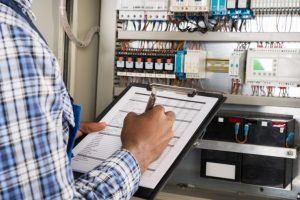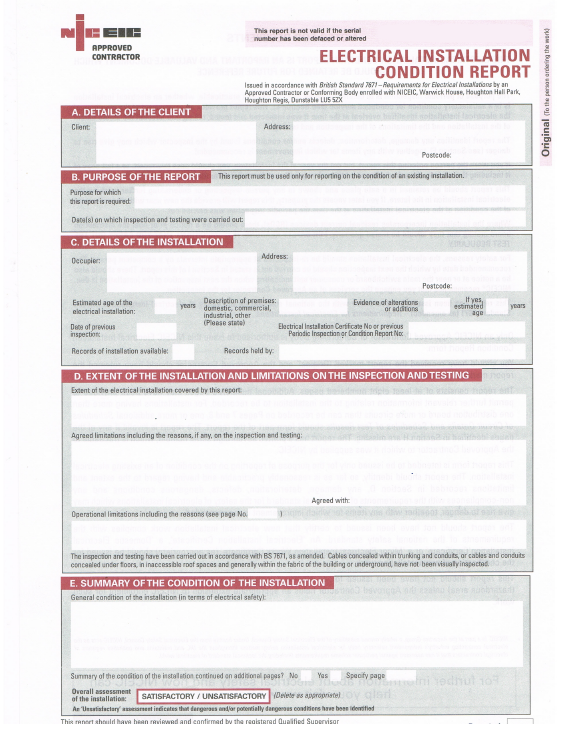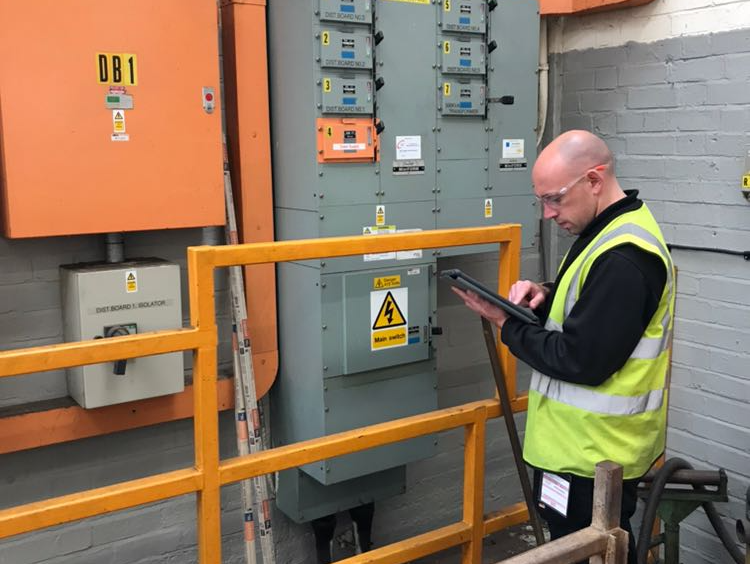Electrical Condition Reports
Commercial and Industrial Compliance Specialists
What is an Electrical Condition Report?
An Electrical Condition Report (EICR) is an inspection on the condition of existing hardwired installations. This inspection is to identify (In order of priority) any deficiencies against the national safety standard for installations. The results will be logged onto an EICR.
The EICR will:
• Reveal if any of your electrical circuits or equipment is overloaded
• Find any potential electrical shock risks and fire hazards in your electrical installation
• Identify any defective work
• Highlight any lack of earthing or bonding
Why is an EICR report required?
Every hardwired installation deteriorates with use and age. It is important for the person
responsible for the maintenance of the installation to be sure that the safety of users is not at risk, and that the installation continues to be in a safe and serviceable condition.
It is recommended that EICR is carried out at least every:
- 10 years for a domestic installation
- 5 years for a commercial installation
- 3 years for industrial premises
- 3 years for caravans 1 year for swimming pools
Other instances when a periodic inspection should be carried out are:
- When a property is being prepared to be let
- Prior to selling a property or when buying a previously occupied property.
Who should undertake an EICR?
The inspection and testing is often referred to a "fixed wire test" which should only be carried out by an experienced engineer who holds a City and Guilds 2391 – Inspection, Testing and
Verification of electrical installations with relevant experience in the installation types being tested.
Insurers tend to ask for relevant accreditation's such as napit or NAPIT.
During the inspection
The approved contractor will check the hardwired installations against the requirements of
- BS7671 – Requirements for Electrical Installations ( IEE Wiring Regulations) – as amended, which is the national safety standard for electrical installations, and contains around 850 Regulations.
The test and inspection will take into account all relevant circumstances including the following factors:
- Adequacy of earthing and bonding
- Suitability of the switchgear and control gear e.g. consumer unit e.g. an old fuse box with a wooden back, cast iron switches, a haphazard mixture of such equipment is likely to need replacing
- Serviceability of equipment e.g. switches, socket-outlets and light fittings e.g. older round pin sockets, round light switches and braided flex hanging from ceiling roses to light fittings, black switches, sockets mounted in skirting boards may require replacing.
- Type of wiring system and its condition e.g. cables coated in black- rubber, black-rubber was phased out in the 1960s or cables coated in lead or fabric are even older and may need replacing (modern cables use pvc insulation)
- Provision of residual current devices for socket-outlets that may be used to plug in electrical equipment used outdoors
- Presence of adequate identification and notices
- Extent of any wear and tear, damage or other deterioration
- Changes in use of the premises which have led to, or might lead to, deficiencies in the installation.
- The Approved Contractor will provide an Electrical Installation Condition Report (EICR) which you should retain.
Responsibilities And Requirements For Landlords
Until recently the legal requirements were somewhat confusing and a rather grey area.
Under the ‘Landlord and Tenants Act (1985) landlords must ensure that the installation in a rented property is maintained safely throughout a tenancy.
We now have some clarity and as of July 2020 it is now a legal requirement for a property to be electrically inspected & tested at least every 5 year and change of occupancy.
The law currently requires Landlords to provide electrical installation certificates and also places a duty to keep all electrical systems and appliances in good repair and safe working order.
Requirements For Home Owners
BS7671 (Current Edition Wiring Regulations) recommends having an EICR carried out not more than 10 years apart.
It is also important to have this carried out if you are moving out or into a new home. It is common practice to be required to produce these documents during the sale of a property especially if any electrical works has been carried out in previous years. It is advisable to have an EICR carried out if it has never been carried out or you suspect poor quality additions.
If you purchase a new home just because the fuse-board looks new it does not mean it has been inspected and is safe. It should have a 5 page report or installation certificate. If it hasn’t it is likely that it is not complaint with current regulations & a potentially dangerous installation.
The usual cause of most faults and fires are sub standard work or even worse DIY installations. The expression a little bit of knowledge is dangerous springs to mind. Just because something works it does not mean it is necessarily safe and will not go up in smoke or disconnect under fault conditions!
Emergency Light Test from £200
Reliable compliance Testing throughout the UK, We offer a reliable, transparent electrical testing service for all types of properties
Booking in your electrical test is simple, and we pride ourselves on delivering a smooth non-interrupted service.
OUR! 3 Easy Steps to Receive a Satisfactory EICR
TEST
An experienced and qualified electrician will conduct a visual and live inspection upon each circuit. All findings will be recorded.
REPORT
2 working days after inspection you will receive your EICR (report) list any faults which will require correcting.
CORRECTIVE WORKS
CSE will automatically create you a quotation for any corrective works, meaning you can book in immediately.
Fast Service
Next day Commercial 5 year EICR test Service
Competitive Rates
Commercial EICR inspections from £6.00 per circuit
Quick Turnaround
Receive a satisfactory report within 10 workings days

